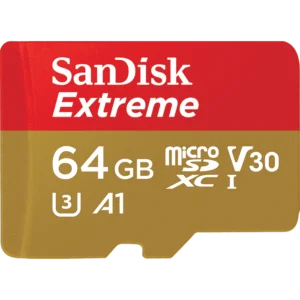
This was a very interesting BUZZ that I found today and wanted to share with you.
Originally posted on: https://www.roadtovr.com
Northern Digital is a Waterloo, Canada-based manufacturer of 3D measurement devices, and while the company has mainly focused on creating for various industries such as medicine and aeronautics throughout their 35 years of existence,
they’ve recently unveiled a reference design for a magnetic tracking system for VR headsets and controllers.
The reference design, dubbed Atraxa, is available either as an enclosed controller, or as three bare PCB components: two trackers, and a single receiver.
Since the reference design is intended for OEMs, you won’t be able to buy this as a consumer, at least not until a third-party company integrates and sells it.
As an enclosed unit, NDI’s prototype housing isn’t anything to write home about in terms of ergonomics, as they look more than a bit like Wiimotes. For the sake of a demo of the company’s underlying tech though,
it was more than enough to show what the system was capable of. And unlike Wiimotes, Atraxa tracks the user’s hand movements in 6DOF, and to surprisingly good effect.
How It Works
GoPro Fusion from Amazon

Recommended MicroSD Card for use with the Fusion 360 camera
And if you are looking for 360 Video Production Services, contact Al Caudullo [email protected]
With 37 years of Media experience, we can Deliver More for You in 360 Video. Click here to see what our customers say about our work
Utilizing state of the art technology, Al Caudullo, and his team have been delivering award-winning compelling productions spanning the globe. Exotic destinations blended with unique cultural experiences give viewers an experience like no other.
From vibrant American cities like San Francisco and Las Vegas to the isolated mountains of Mongolia. From ancient civilizations of Cambodia and Myanmar to the lush resorts of Southeast Asia and beyond. All from the comfort of your living room.








The tracker module integrates both an IMU and a transmitter coil that generates an EM signal, sort of like how Sixense’s STEM controller works.
A single receiver module, which should ideally be integrated into a headset, houses a sensor board that measures the transmitters’ magnetic fields and manages the wireless communication between tracker modules.
The receiver module also optionally contains a separate computer module that uses a third-party processing unit (e.g. Raspberry Pi) to calculate and serve pose data to the OEM host application.
That last bit is only available as a bare PCB so companies can mount it however is most convenient,
although NDI was showing off their own implementation housed in a white plastic box strapped to the top of a Samsung Odyssey headset running through SteamVR, controllers and all.
The system knows where the receiver is located via a headset’s own tracking system, giving the receiver a static reference frame to understand the position of the controllers relative to the head.
If the headset doesn’t have its own tracking, a static base station can be used to track both head and hands.